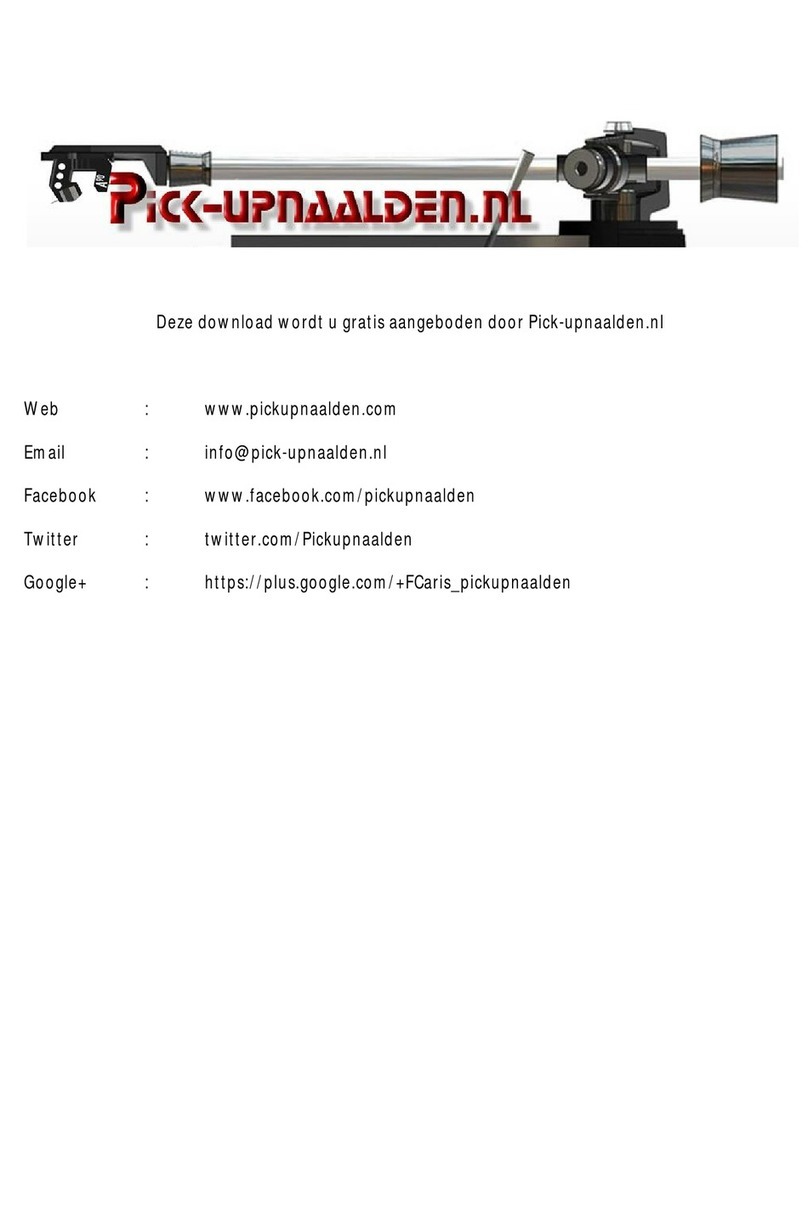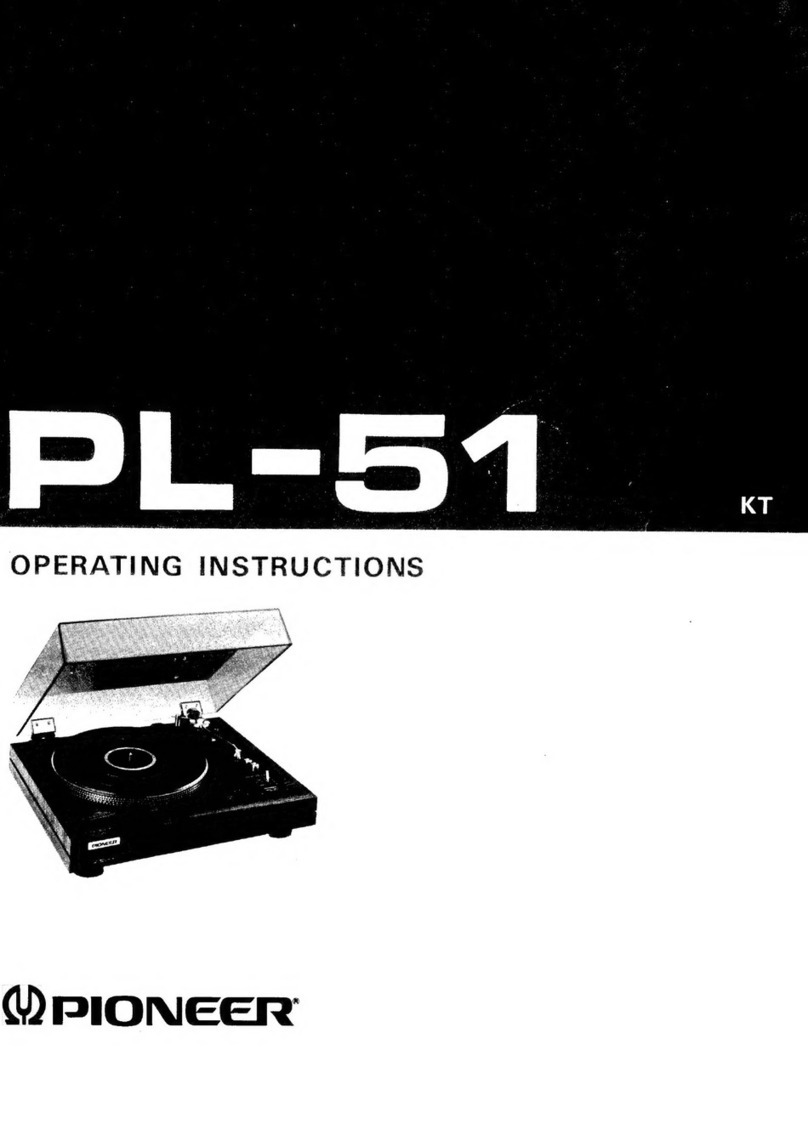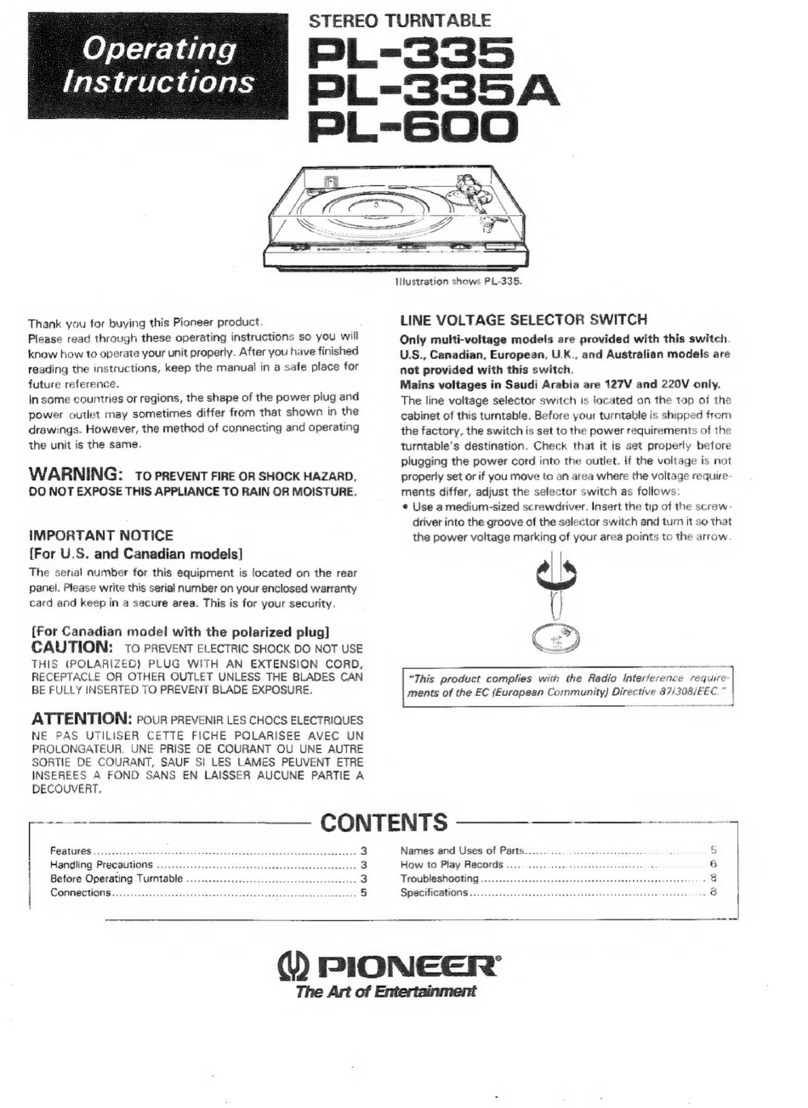Pioneer PL-514 User manual
Other Pioneer Turntable manuals

Pioneer
Pioneer PL-200Z User manual

Pioneer
Pioneer AVH-P6500DVD User manual
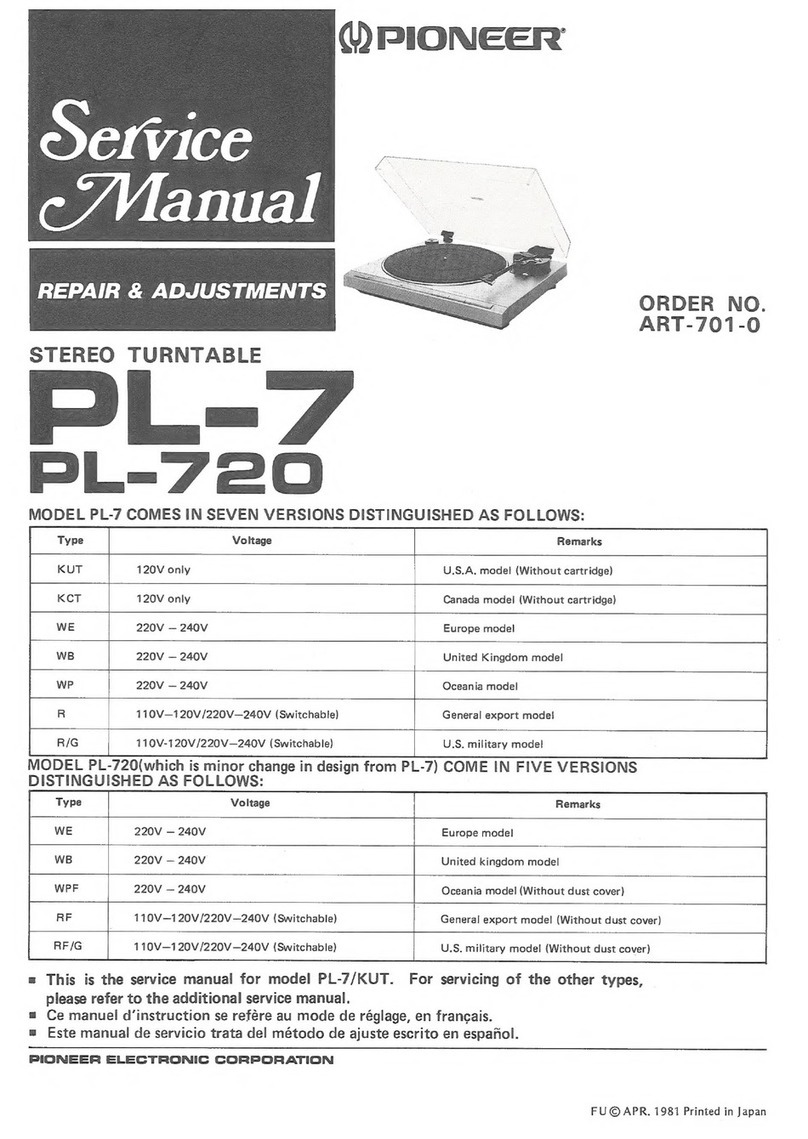
Pioneer
Pioneer PL-7 User manual

Pioneer
Pioneer PL-L1000 User manual
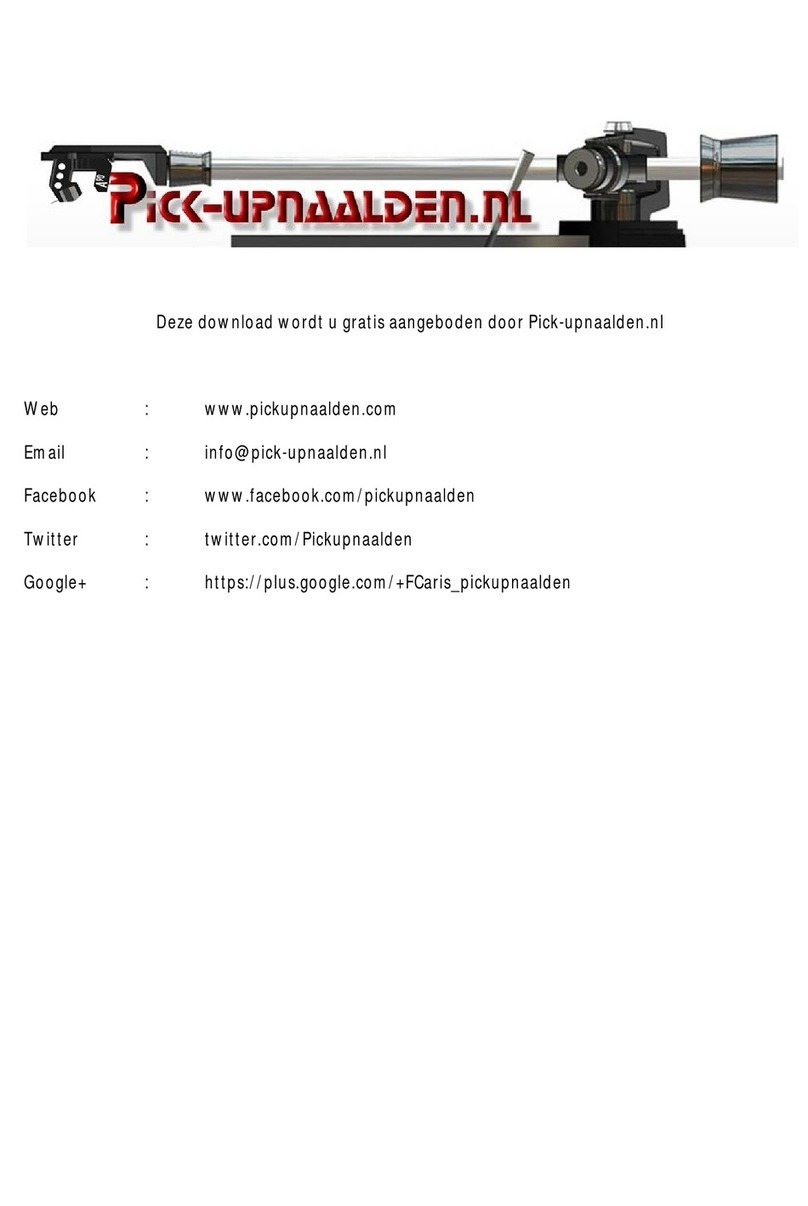
Pioneer
Pioneer PL-500 User manual

Pioneer
Pioneer BDP-170 User manual
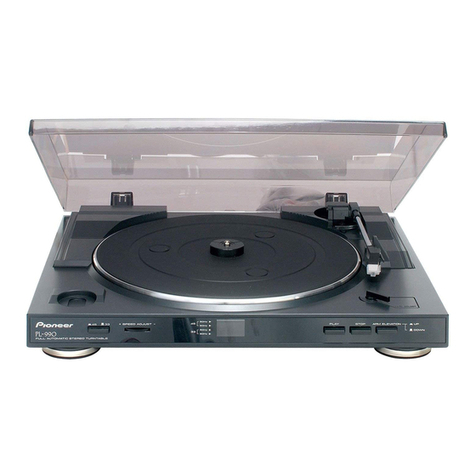
Pioneer
Pioneer PL-990 User manual

Pioneer
Pioneer PL-3000/HB User manual
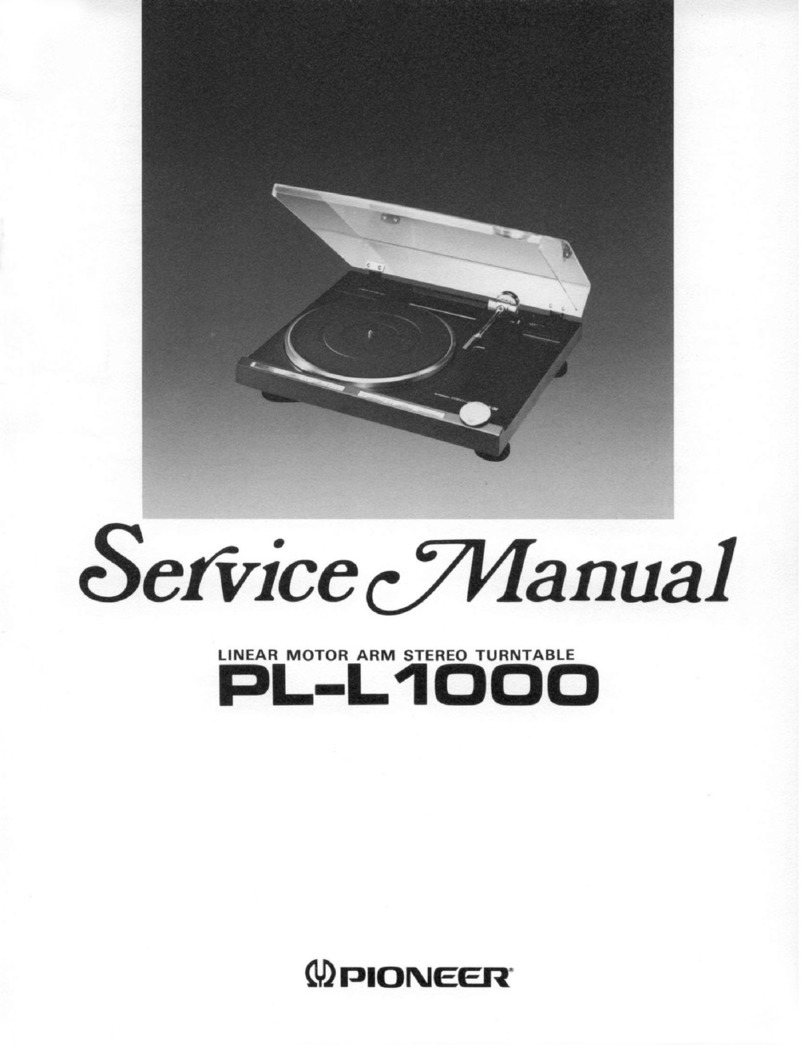
Pioneer
Pioneer PL-L1000 User manual

Pioneer
Pioneer PL-510A User manual
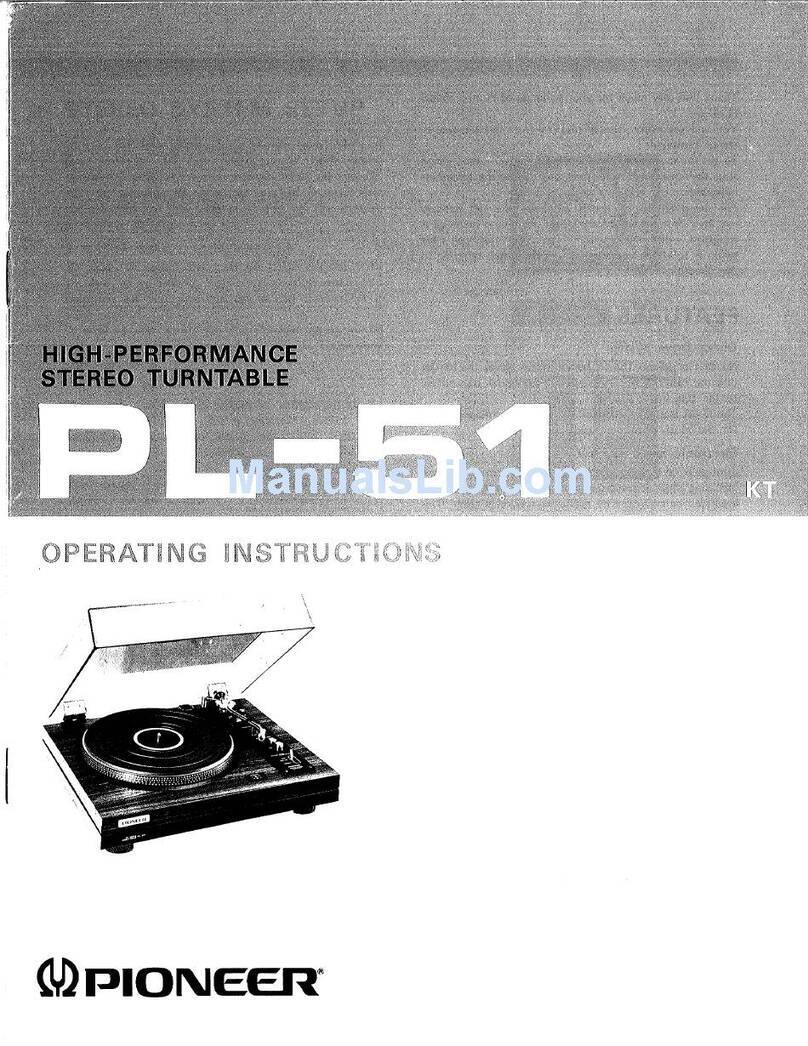
Pioneer
Pioneer PL-51 User manual

Pioneer
Pioneer PL-707 User manual

Pioneer
Pioneer DC-Z93 User manual
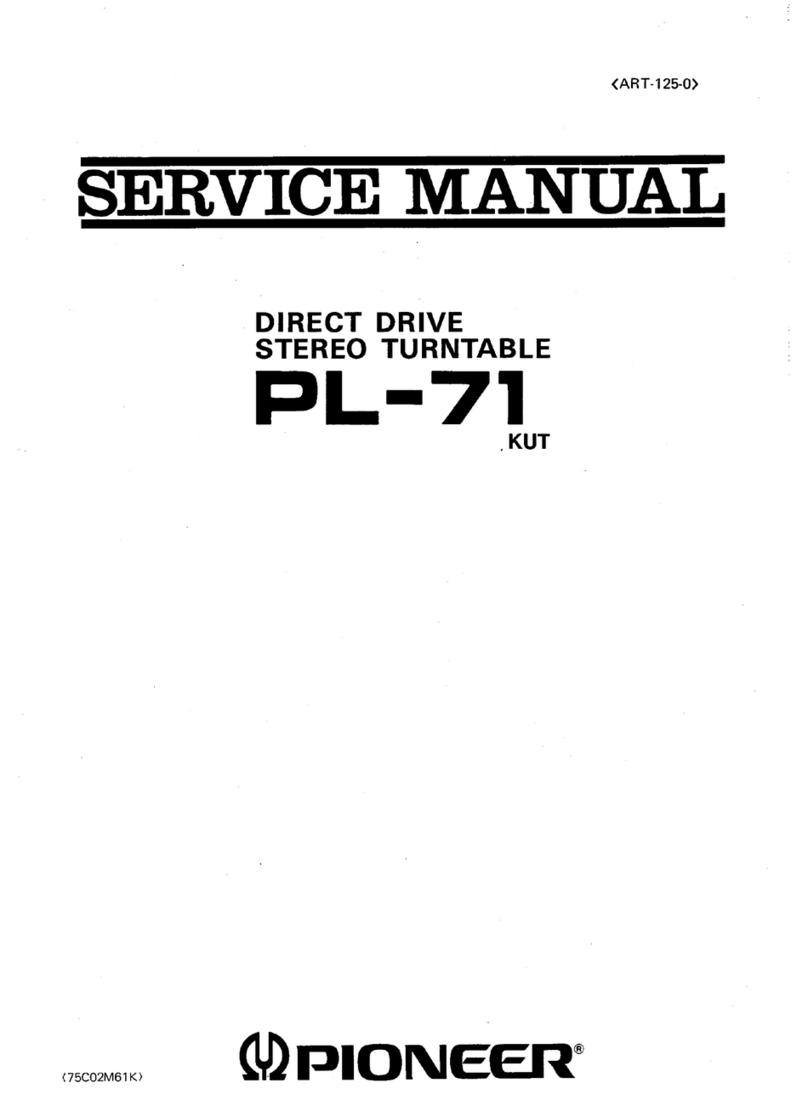
Pioneer
Pioneer PL-71 User manual

Pioneer
Pioneer PL-530 User manual

Pioneer
Pioneer PL-A35 User manual
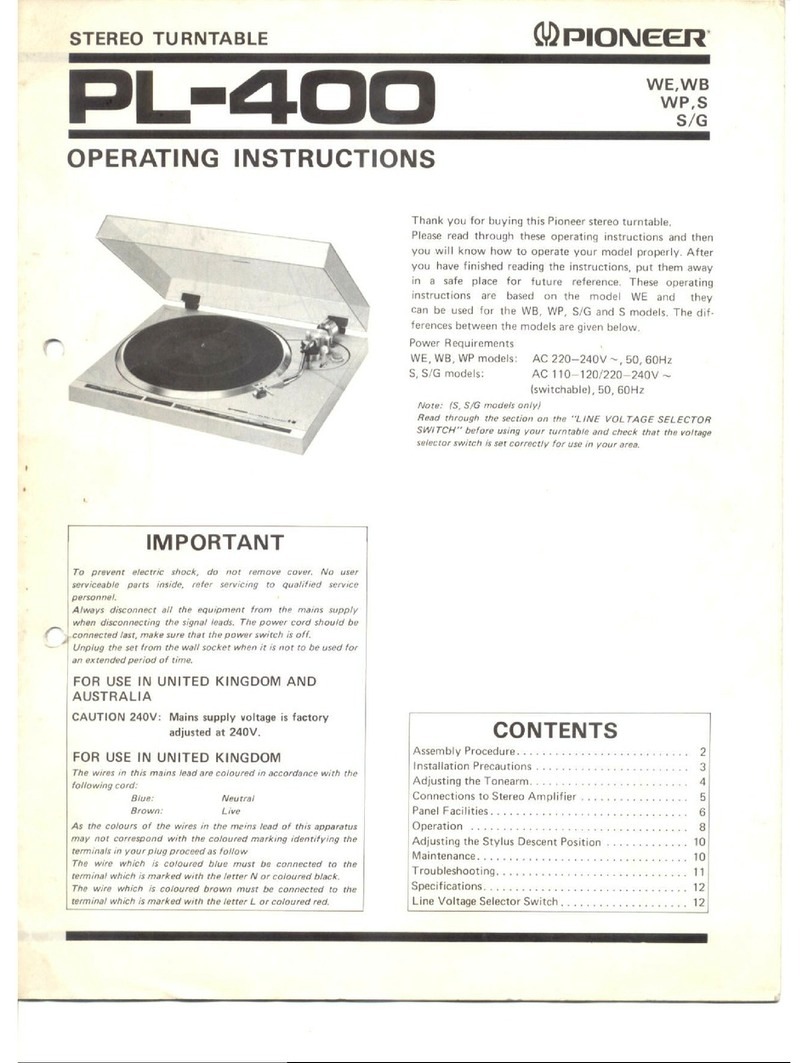
Pioneer
Pioneer PL-4000 User manual

Pioneer
Pioneer PL-4 User manual
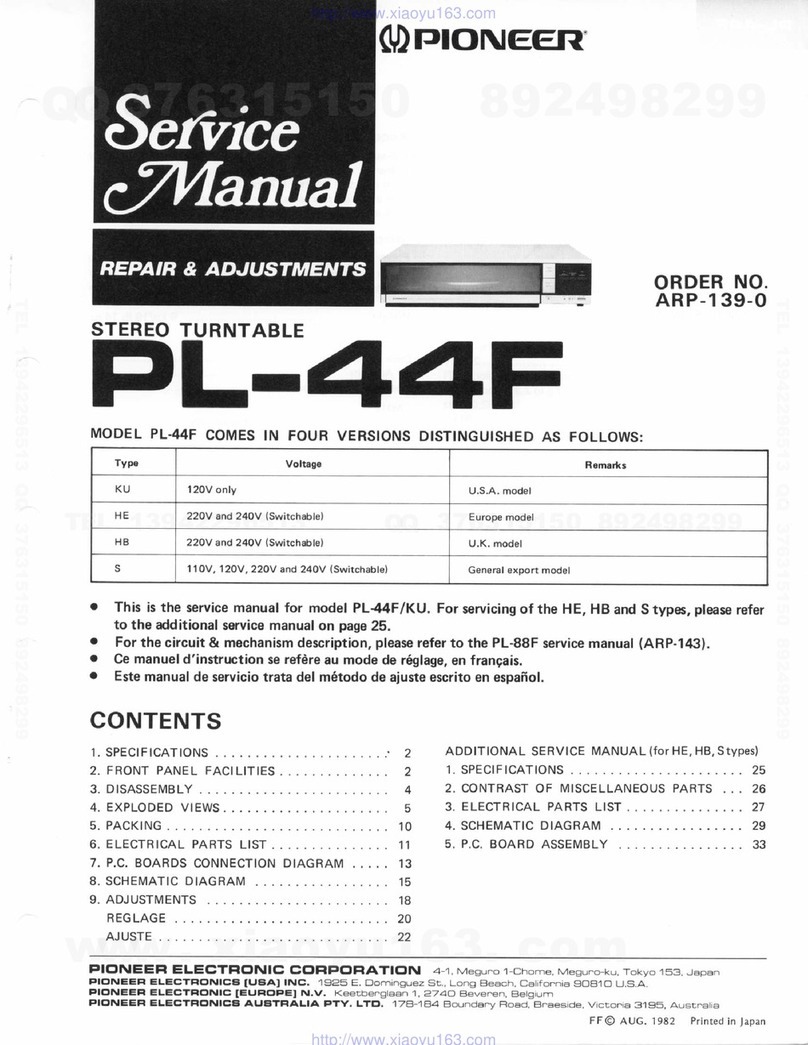
Pioneer
Pioneer PL-44F User manual

Pioneer
Pioneer PL-55X User manual
